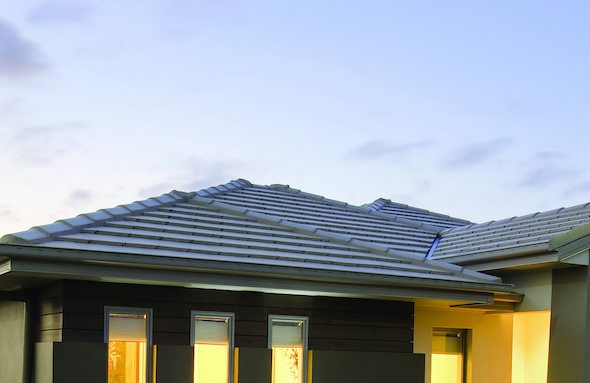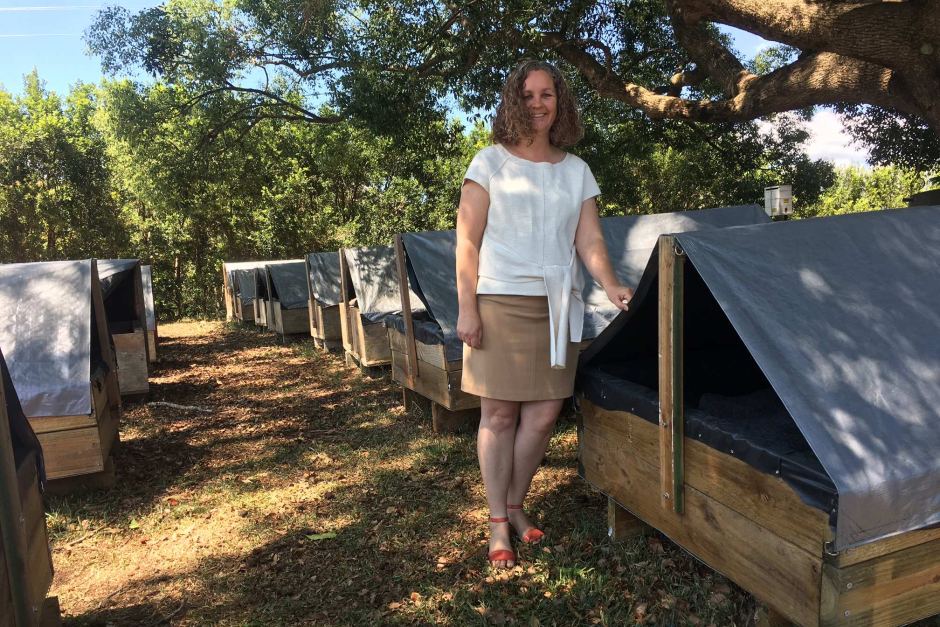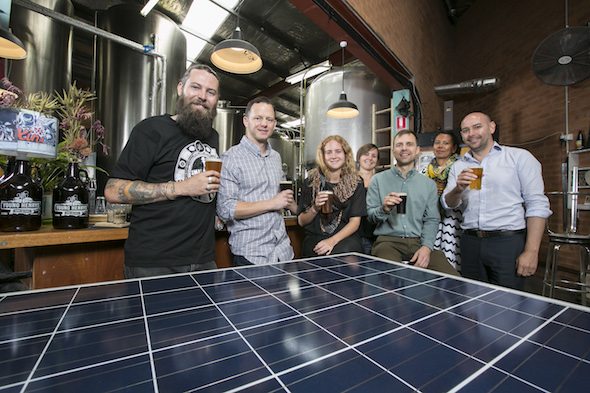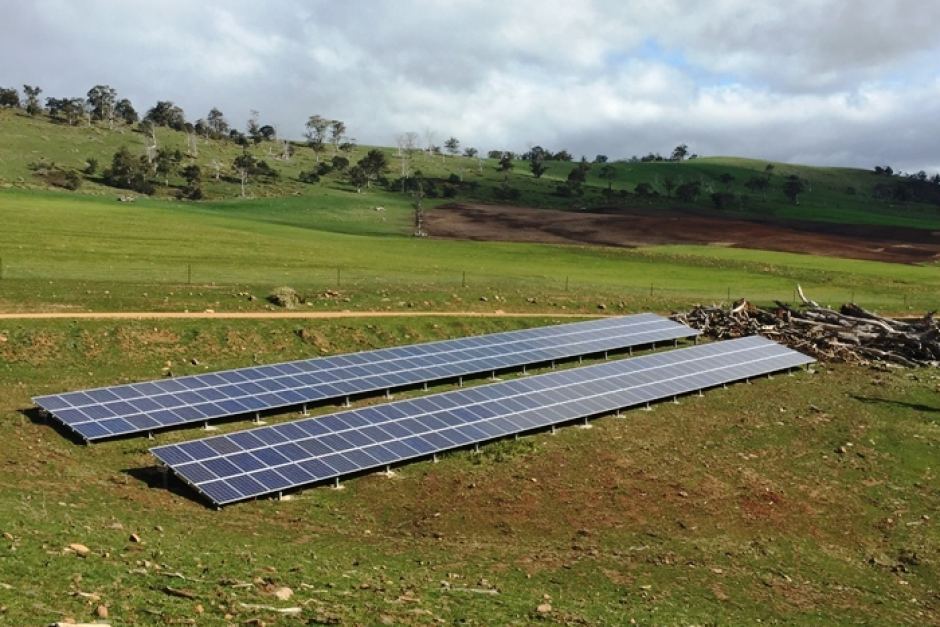In response, we must find ways to coordinate all the complexity in the market. On the generation side and on the low side, the grids are the glue behind it all. We need grid extension, transitional lines for power transfer, and examples of reinforcement of our distribution grids with a lot of the centralised generations embedded.
Increased efficiency in our conventional and renewable power plants will be another advantage, as the near future will see the accommodation of wind and photovoltaics, and energy storage.
Additionally, the role of utilities is transforming from a service to a solution company. As utilities respond to market forces, they will increasingly need to be more agile and move from a poles-and-wires company to a service and solutions company.
Significantly, we’re also seeing digitalisation impact the market through Distributed Energy Systems (DES), a technology made up of distributed networks, embedded distribution, embedded generation, virtual power plants, microgrids, and smart metering.

So how will we address these innovations via energy storage? The answer is that customers are now taking ownership of supply and demand. There is disruption to power generation and energy networks requiring innovation, and data- particularly data analytics will play an important role.
Ideally the government will facilitate this transformation through flexible regulation and government support, at both the state and national levels in Australia.
But Australia isn’t alone in this. A successful case study is Germany, which has been going through this change in the last 10 years: Energiewende is a new German word to describe the change in the energy landscape.
Like Australia, its energy is produced primarily in the north of the country while its solar energy is produced primarily in the south; and similarly, penetration used to be orientated towards consumption centres but today, nuclear energy is going offline step-by-step.
Consequently, there’s a rapid transition from coal to renewables. This is partly in response to the Paris climate agreement struck earlier this year and signed by 180 countries, with most states in Australia agreeing to reduce carbon emissions by 2020-2025. It is also due to the declining global and local costs of generating electricity via wind and solar, also known as ‘grid parity or the ‘levelised cost of energy.’
The utilities are alarmed but not concerned as they begin modifying their business models to cater for the shift towards the new energy paradigm. Consumers have also started this journey to embrace the change, with some customers even producing energy themselves and transferring excess energy to the grid.
So what will our future look like? We have come from a system with central power stations and integrated grids, and now we’re moving towards a more decentralised power generation dominated by shorter life cycles and disrupted change.
The energy industry is undergoing the same digital evolution as the telecommunications industry 10 years ago. Digitalisation is real, and it’s here and will support our transition to a sustainable energy future.
Read more.





